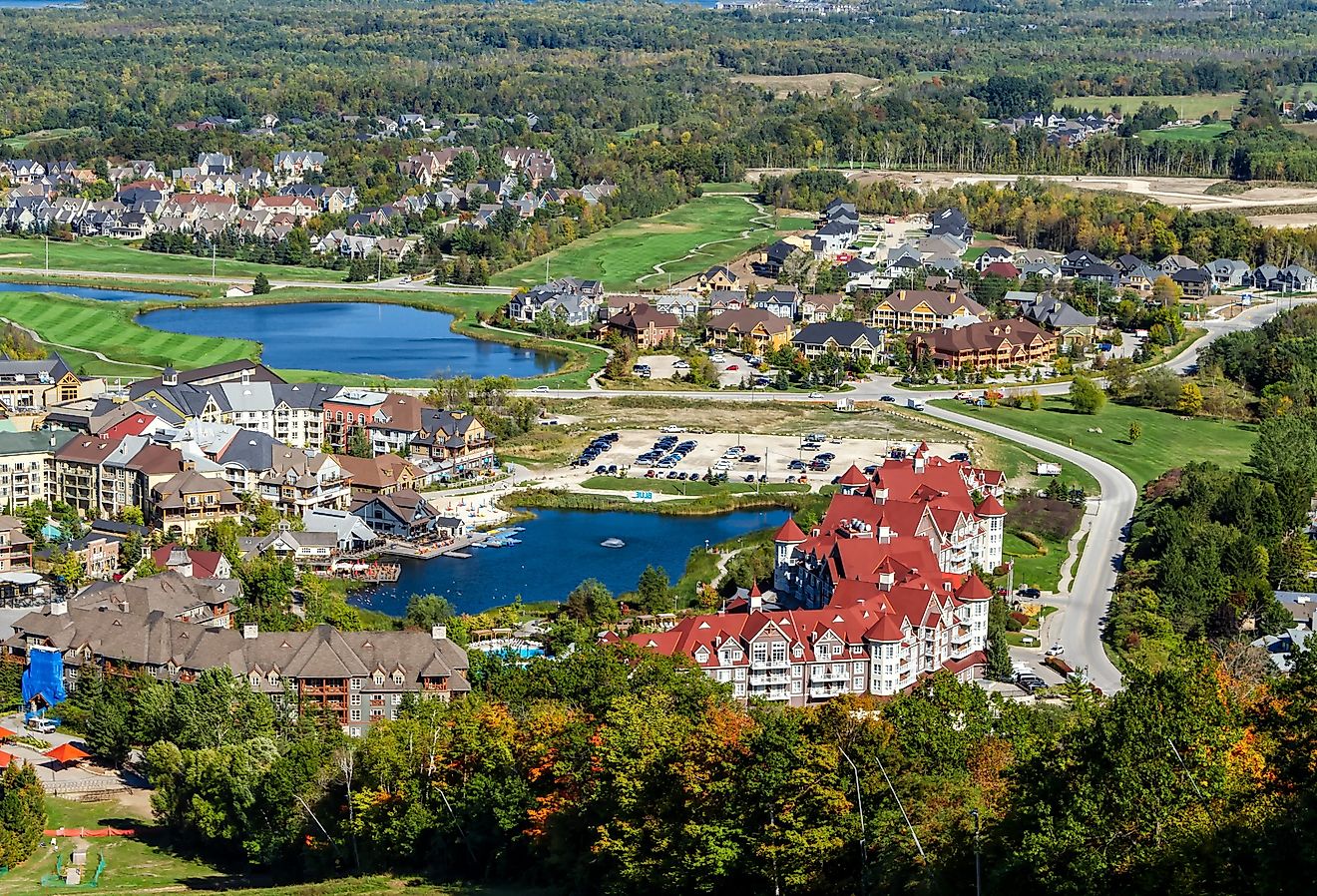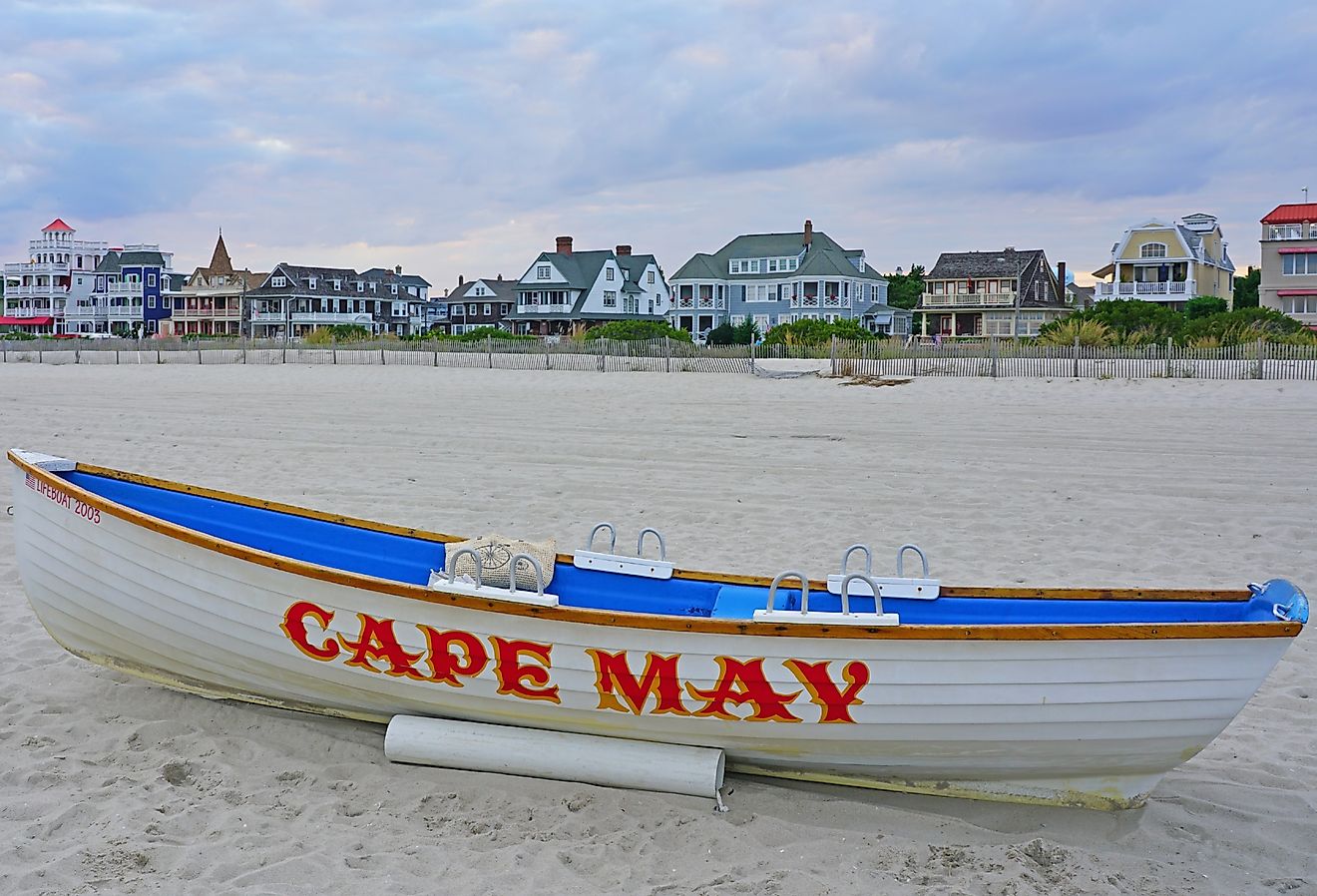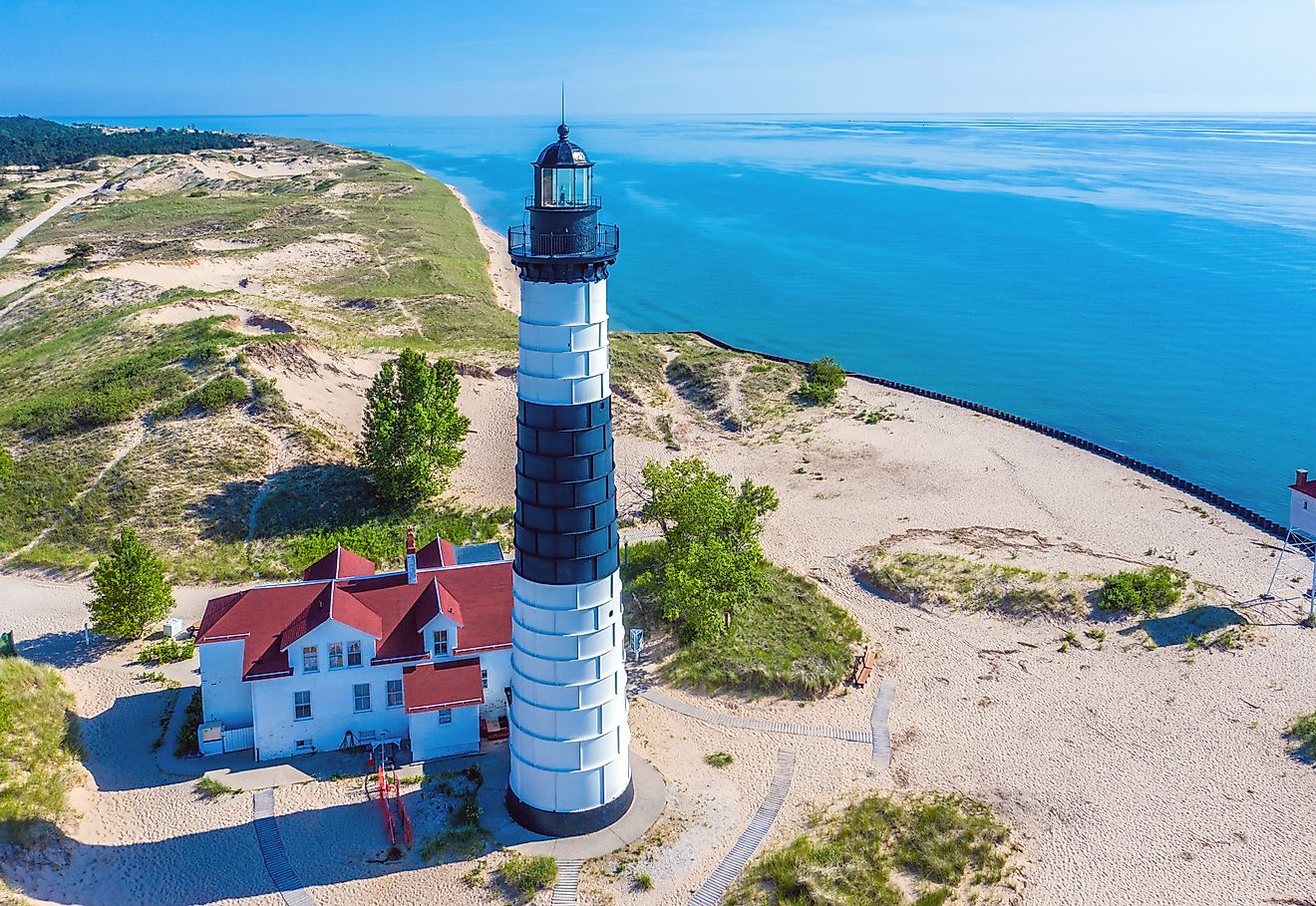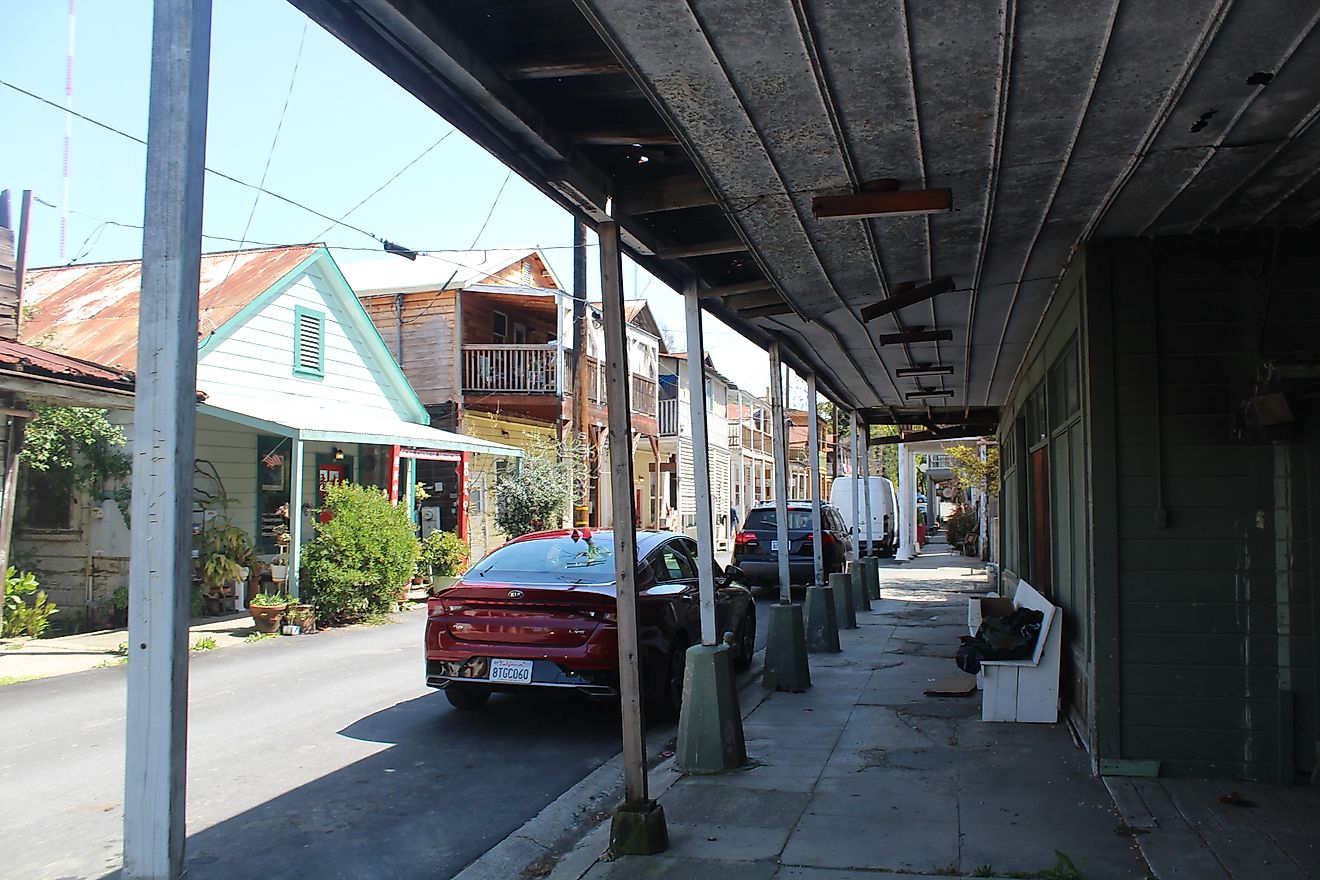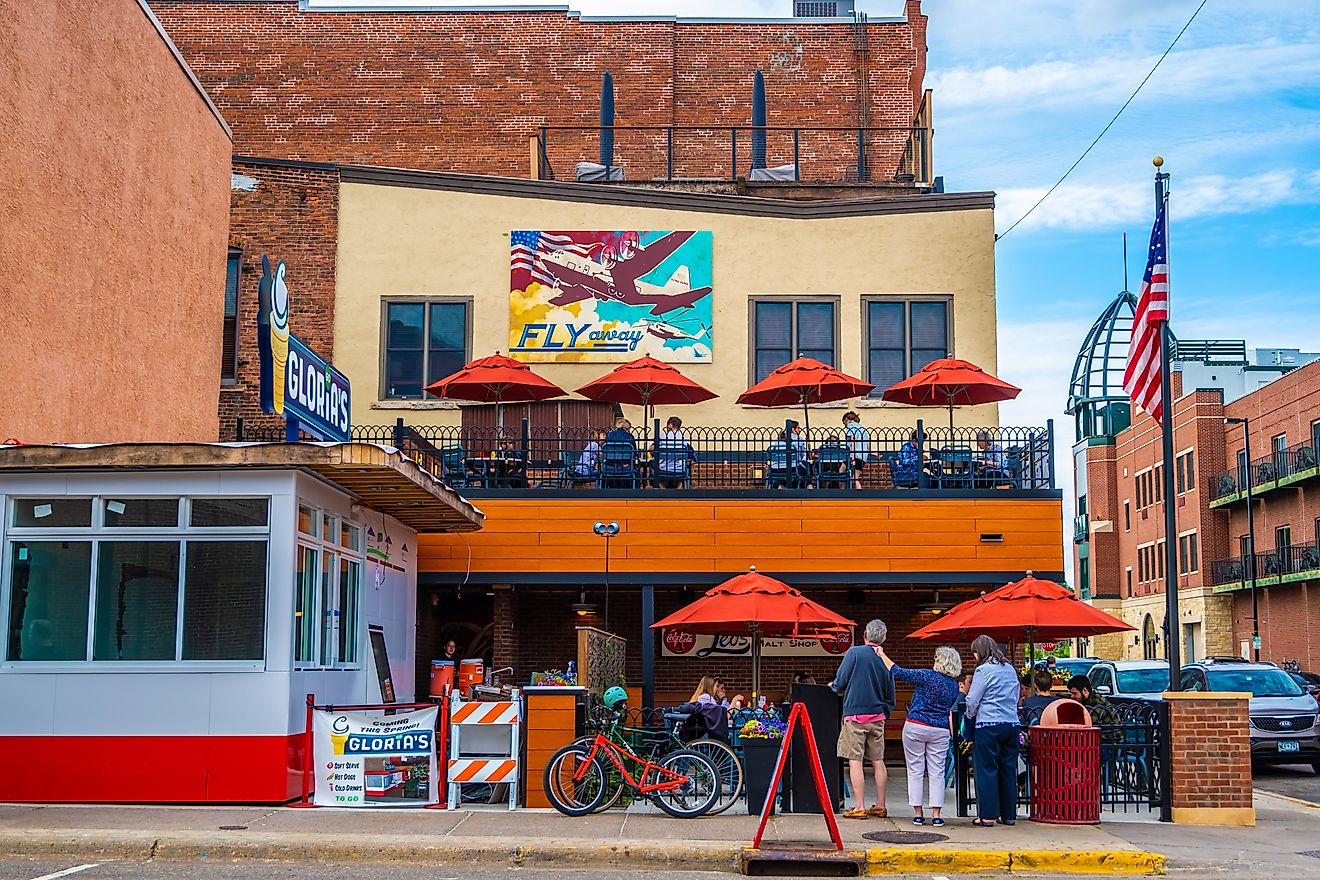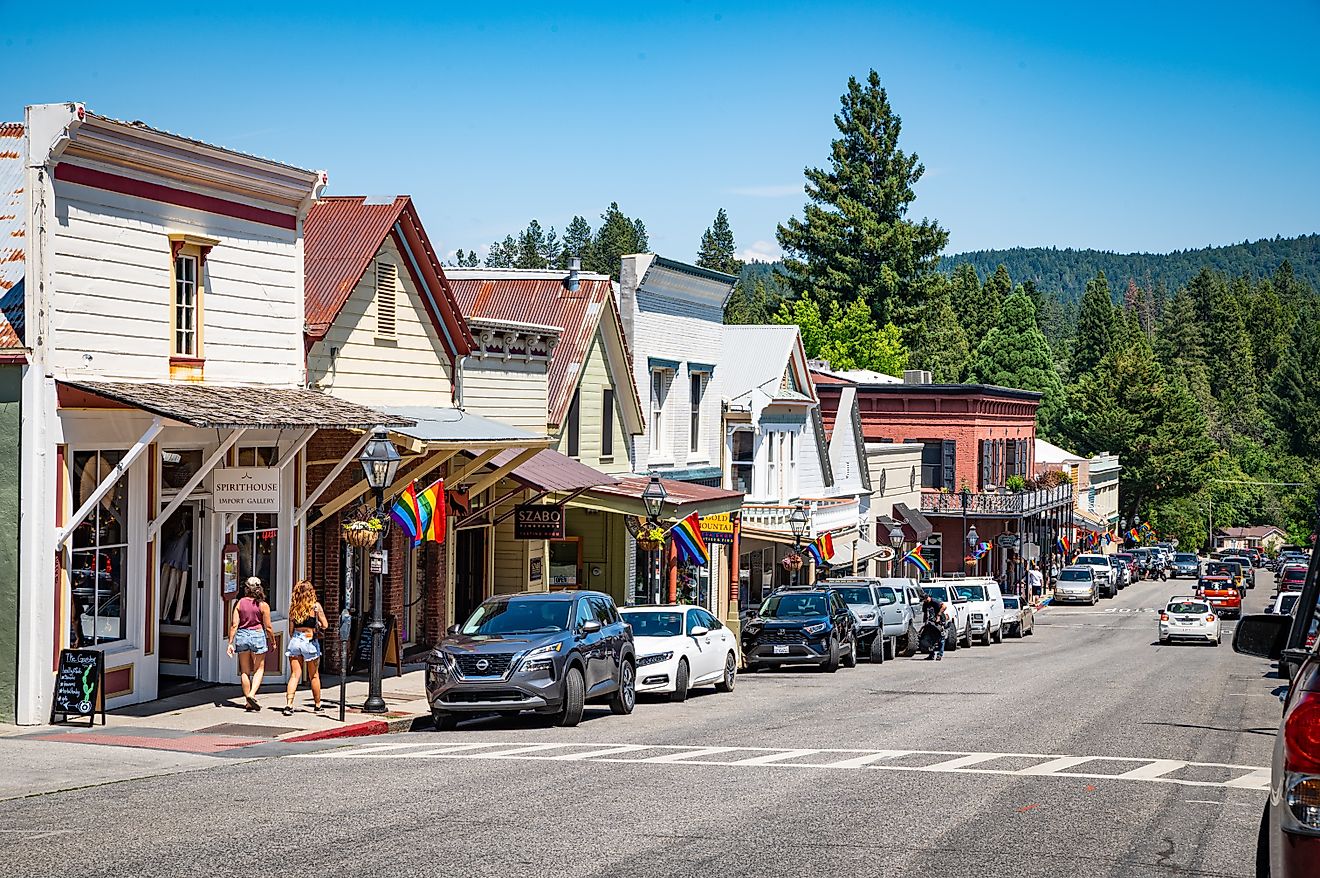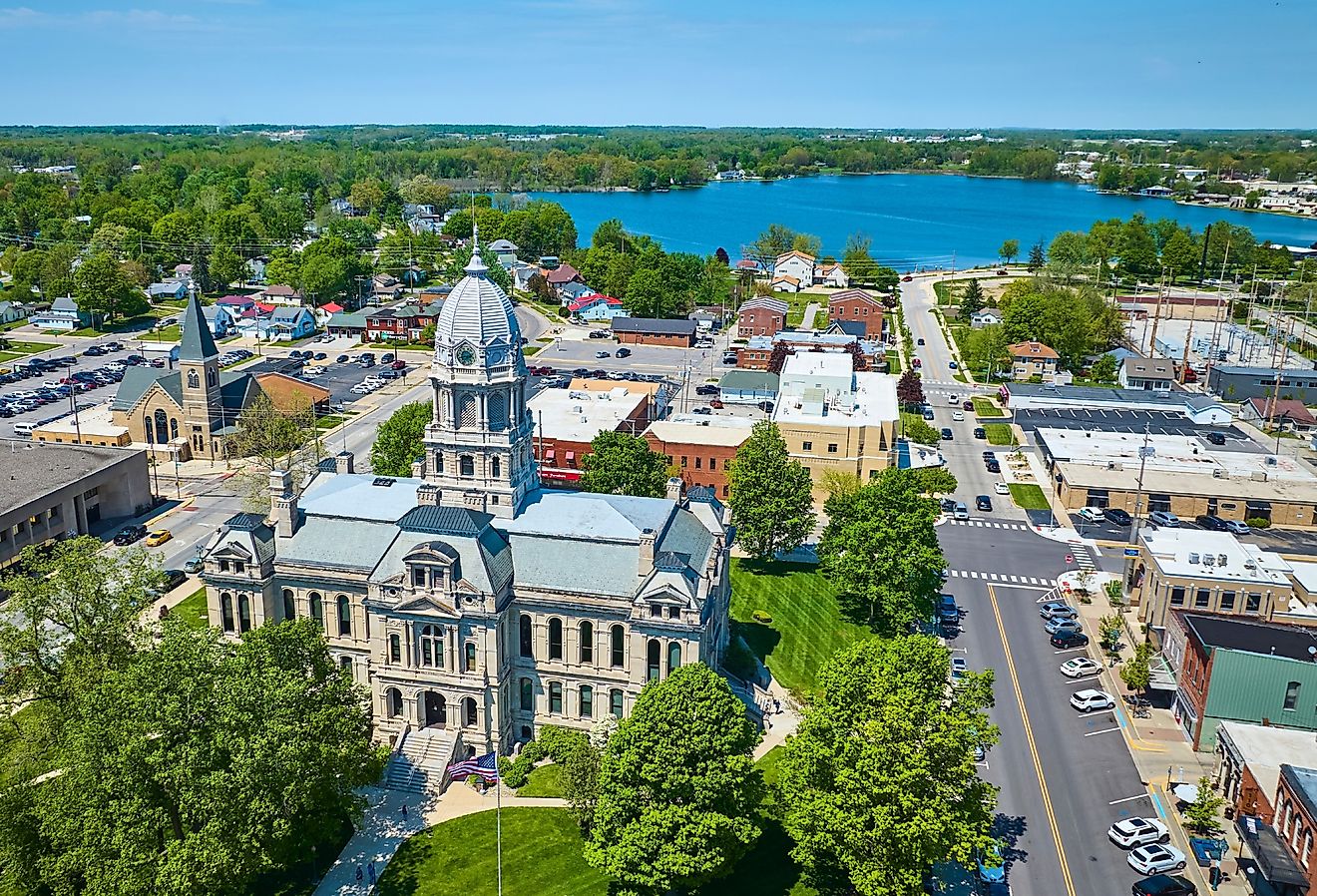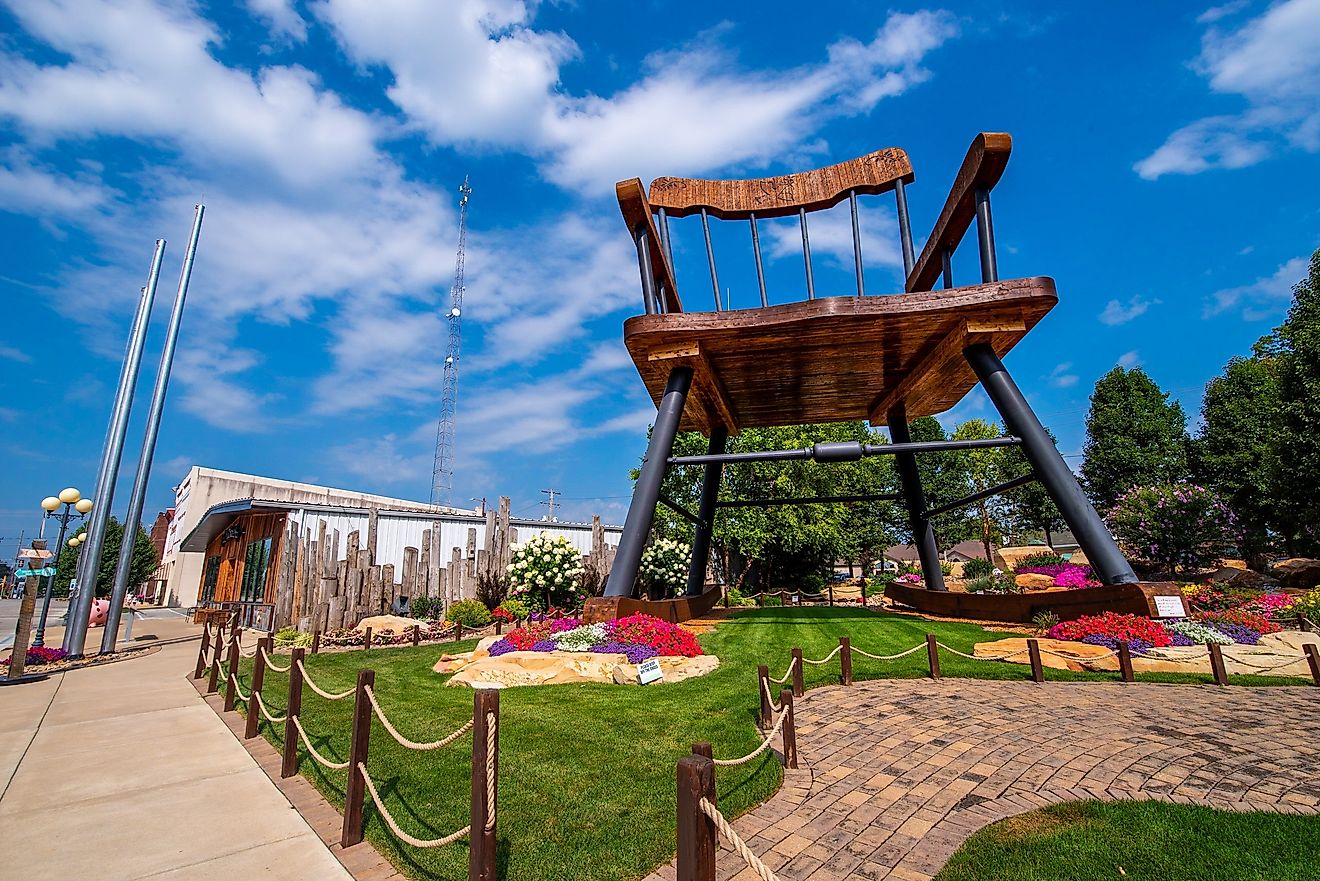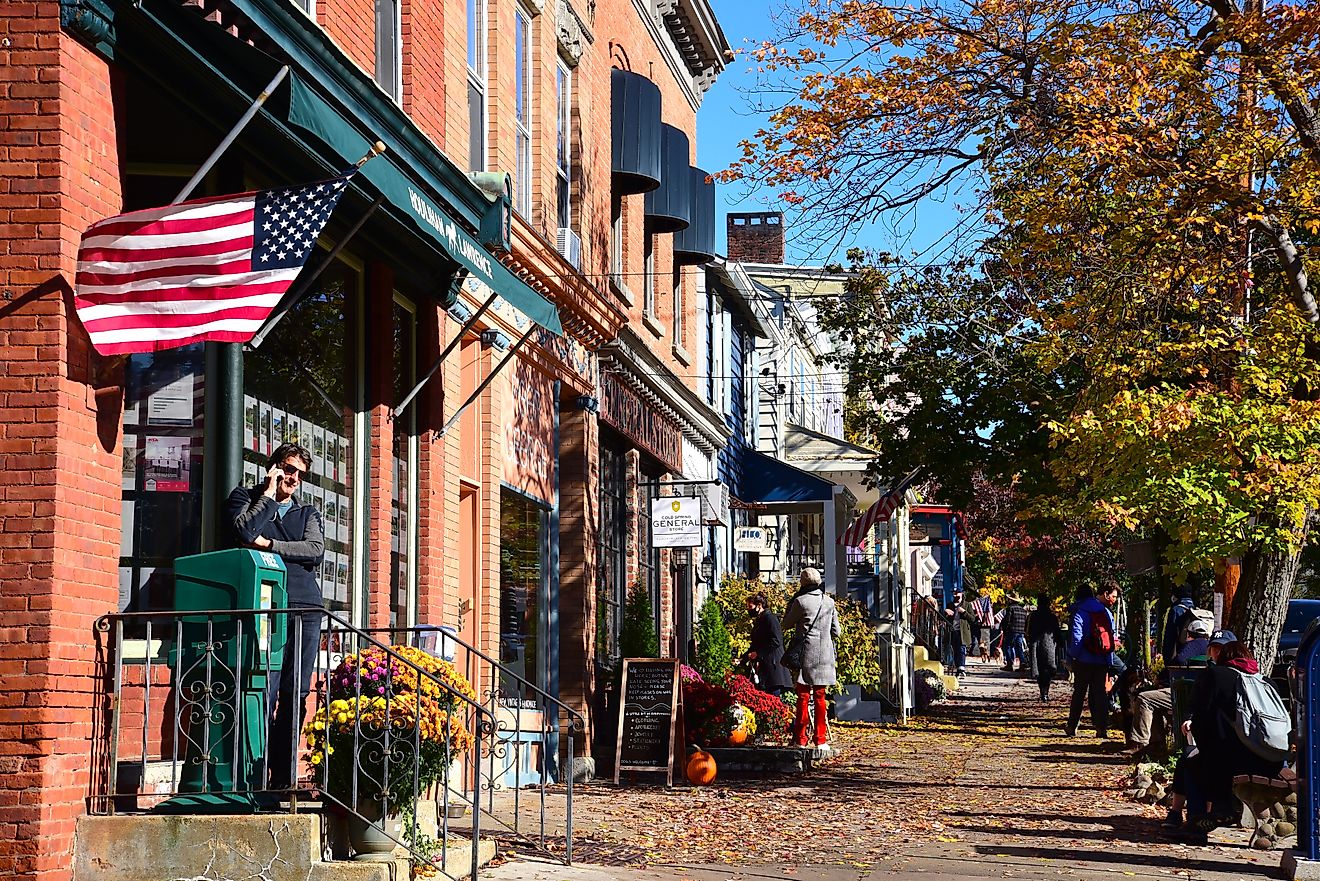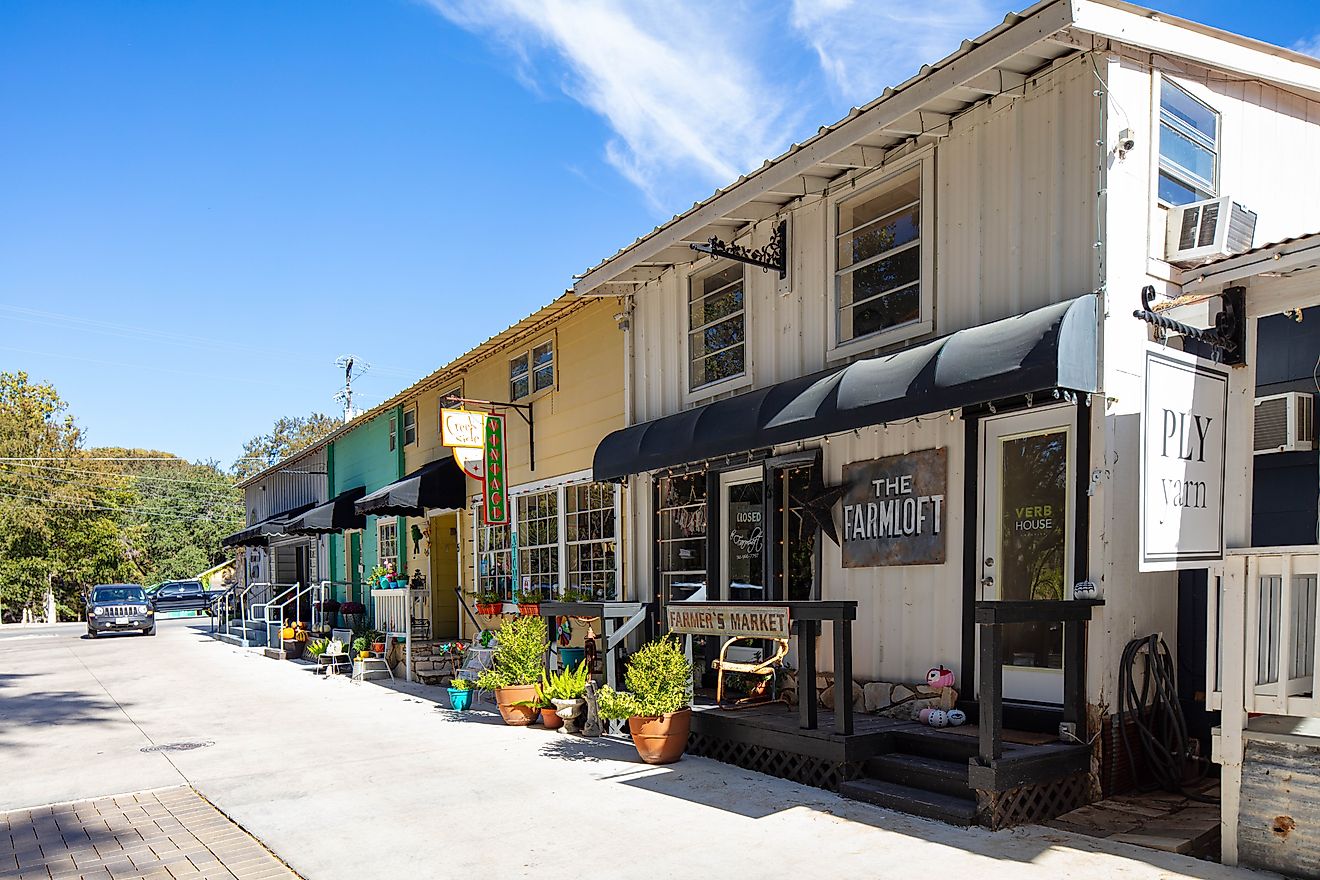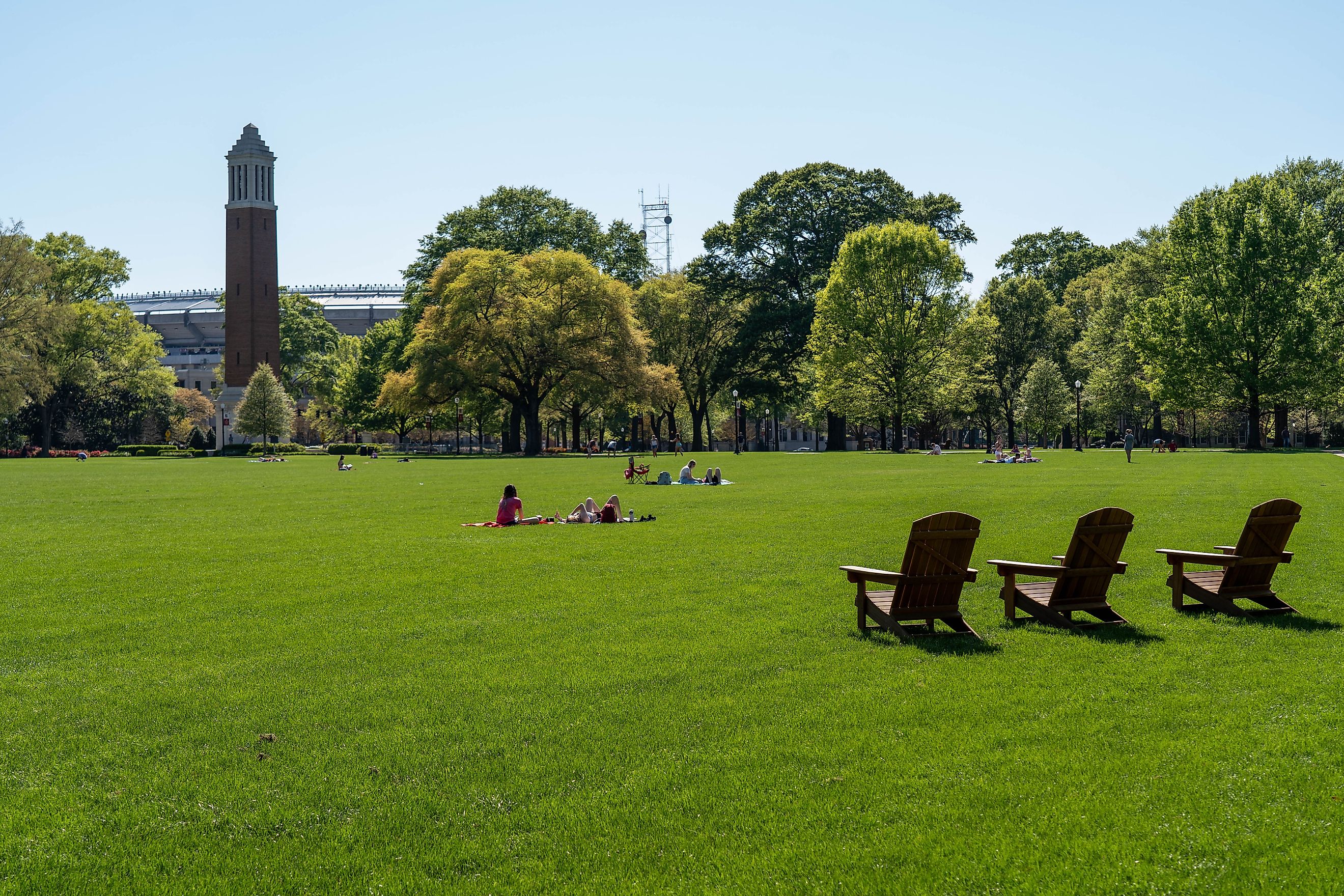
The Best College Town In Alabama
The town of Tuscaloosa, located alongside the Black Warrior River in west-central Alabama, has played a significant role in the state’s development. A former center of regional government (it was the state capital from 1826 to 1846) as well as trade, it also rose to prominence as the state’s leading college communities with the establishment of the University of Alabama in the early 1800s.
Fast forward to today and it’s evident that Tuscaloosa’s unique blend of history, culture, and academic tradition continues to serve the town extremely well, cementing its reputation as one of America's premier college towns.
The Making of a College Town

The University of Alabama (UA) was established by legislative act in 1820 and opened its doors to its first 52 students in 1831. Chosen for its central location and its status as the state capital, Tuscaloosa was an ideal spot to house an institution that was needed to educate Alabamans. With early support from figures like Governor William W. Bibb, who championed the idea of a flagship university that would serve the entire state, along with community backing, UA’s success was guaranteed.
Now ranked among the top public universities in the country, UA is recognized for its business, engineering, nursing, and law programs. The campus covers more than 1,200 acres near downtown Tuscaloosa, and in 2024 reached its highest-ever enrolment with just over 40,000 students. And as it approaches the 200th anniversary of its opening, the university’s acclaim continues to grow, achieving status as one of the United States leading doctoral universities and producing countless scholars, including 17 Rhodes Scholars.
Well-known UA graduates include Joe Namath, the legendary quarterback who went on to a successful NFL career, and Harper Lee, renowned author of To Kill a Mockingbird, who studied law here before turning to writing. Winston Groom, author of Forrest Gump, also attended the university and later credited the atmosphere of UA for shaping his storytelling.
UA’s Impact on Tuscaloosa
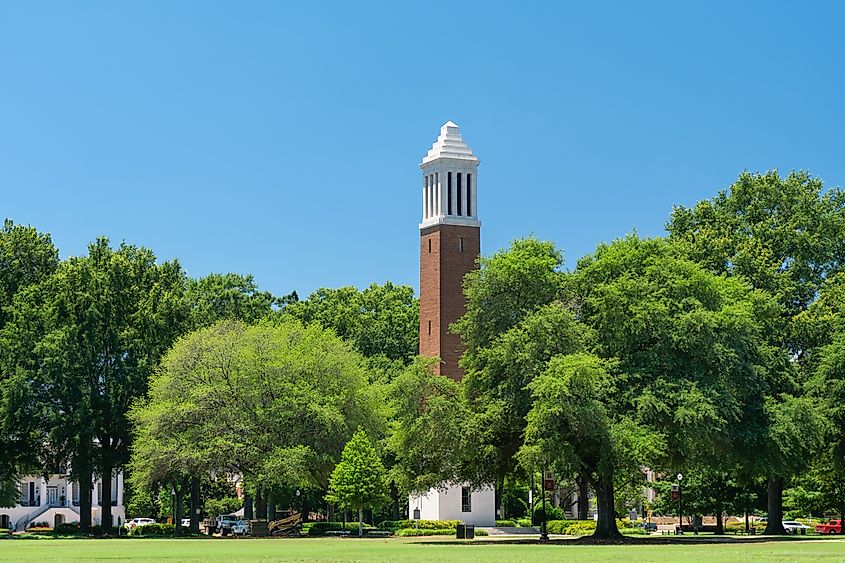
Tuscaloosa has a few nicknames, but one of the most noted is the “Druid City,” a reference to the many water oak trees planted here in the 19th century. The university’s proximity to these trees and the river, as well as to the downtown commercial area, serves as a constant reminder that the two have grown together academically, economically, and culturally across nearly two centuries.
From its earliest days, the University of Alabama has dramatically shaped Tuscaloosa’s economy and culture. In the 19th century, small businesses sprang up around the campus to serve students and faculty, and as enrollment grew steadily from the original 52 to thousands by the middle of the 20th century, these businesses flourished. And with an ever-increasing student body, consumer spending, rental demand, and entrepreneurial opportunities for local residents continue to grow along with it.
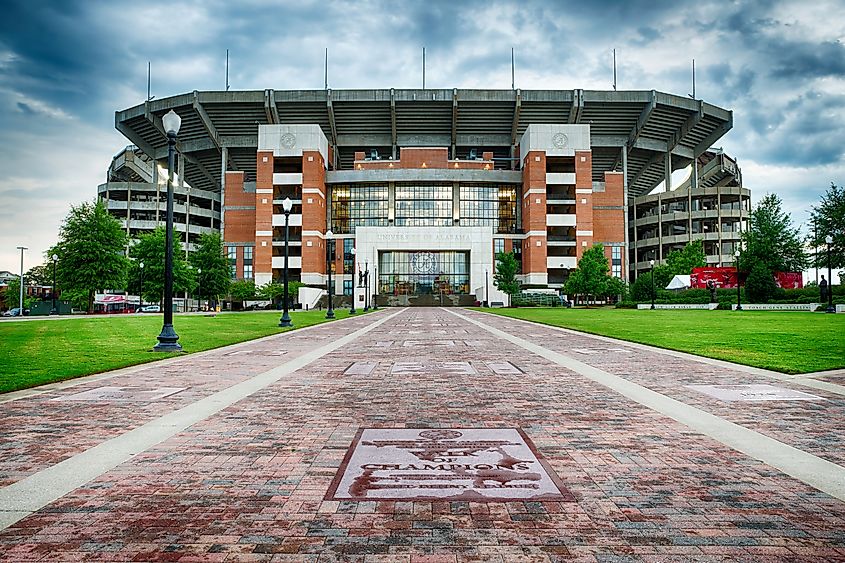
In fact, estimates suggest that the university’s annual economic impact on the city and state tops $2.9 billion, a figure that includes faculty and staff salaries, student spending, and dollars spent by tourists. Game days and events like graduation and homecoming always see a spike in spending, with visitors, including parents and alumni, booking hotel rooms, eating at local restaurants and purchasing goods from merchants throughout the area.
Culturally, too, the university has added significantly to Tuscaloosa’s identity. Crimson Tide, the college football team, play at Bryant-Denny Stadium and draw thousands of fans from across the region on game days. The roar of supporters not only fills the stadium, but it also energizes the entire area.
Add to this campus concerts at the Moody Music Building and theatrical performances at the Marian Gallaway Theatre, along with outreach programs and service-learning initiatives, and it’s little wonder that Tuscaloosans will insist that they live in the best college town in Alabama, if not the country.
Things To Do on Campus
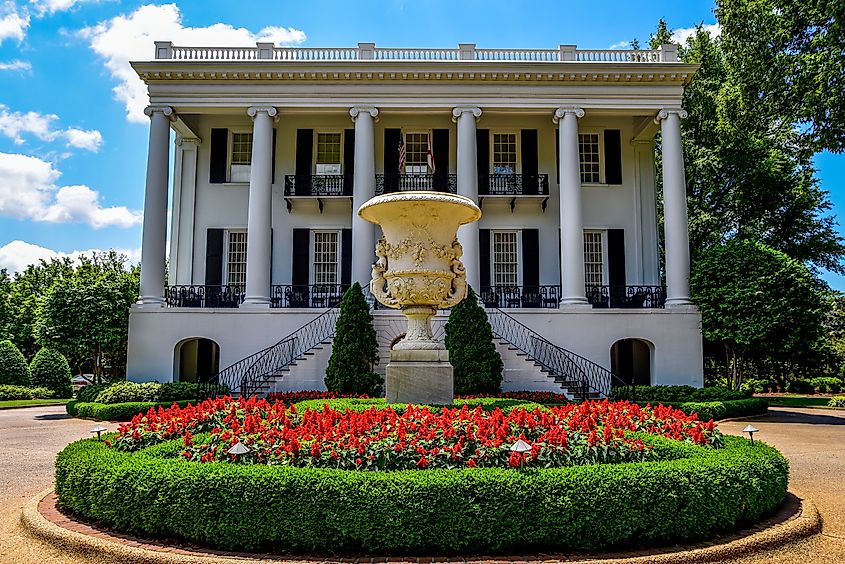
Start your Tuscaloosa travels at the UA Quad. Immensely walkable, this large green space is the heart of campus and is surrounded by several elegant old buildings, including the majestic President’s Mansion. Completed in 1841, it’s one of the few structures to survive the Civil War period intact. A prime example of Greek Revival architecture, this picture-worthy building is located directly opposite the Denny Chimes, a bell tower and campus icon built in 1929 that still marks the passage of time for students heading to and from class.
Bryant-Denny Stadium, named after legendary coach Paul W. “Bear” Bryant and former UA President George H. Denny, is a must-see for sports enthusiasts. With a seating capacity exceeding 100,000, it transforms into one of the loudest venues in college football on game days. If you’re visiting on non-game days, you can still explore the Walk of Champions at the stadium’s entrance, lined with markers commemorating national championships (guided stadium tours are also available).
For a taste of the arts, head to the Sarah Moody Gallery of Art. Located at the north end of the Quad, it hosts a regular schedule of rotating contemporary art exhibitions representing artists from across the country. And if you’re a sports fan, the Paul W. Bryant Museum features exhibits documenting the university’s athletic history.
Attractions In and Around Tuscaloosa
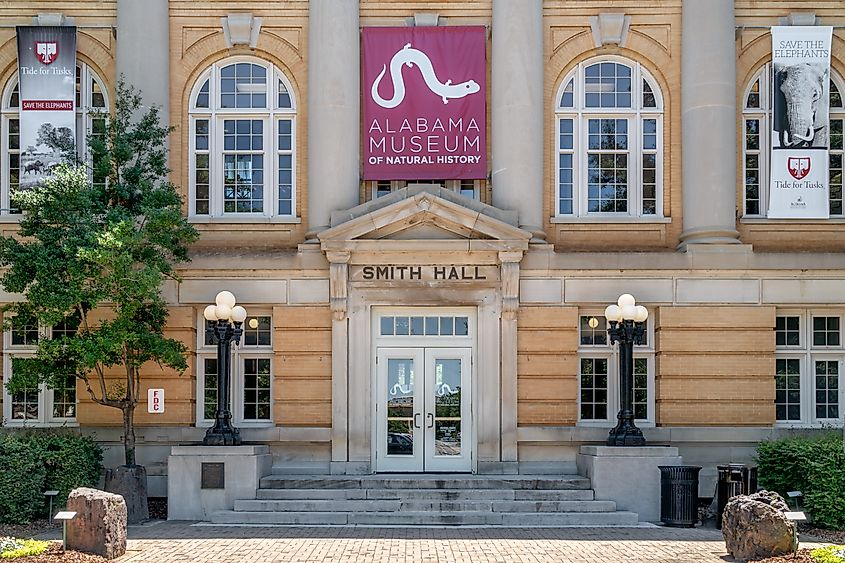
While the university is the academic and cultural center of Tuscaloosa, the city’s downtown core is every inch as interesting. University Boulevard is the main route connecting the two and stretches from Capitol Park for two miles through the UA campus to the arboretum at its east end. It’s a delightful walk, especially if you end it with a visit to the ruins of the Old Capitol itself, which burned down in 1923.
To the north of this stretch, between Greensboro Avenue and 22nd Avenue, Temerson Square features an active food and bar scene set amid back alley-style streets and is a popular haunt for students and visitors alike. Other downtown highlights include the Bama Theatre, opened in 1938 and still hosting classic films, concerts, and community events in an ornate and nostalgic setting, and next door, the Dinah Washington Cultural Arts Center with its focus on regional creative talent.
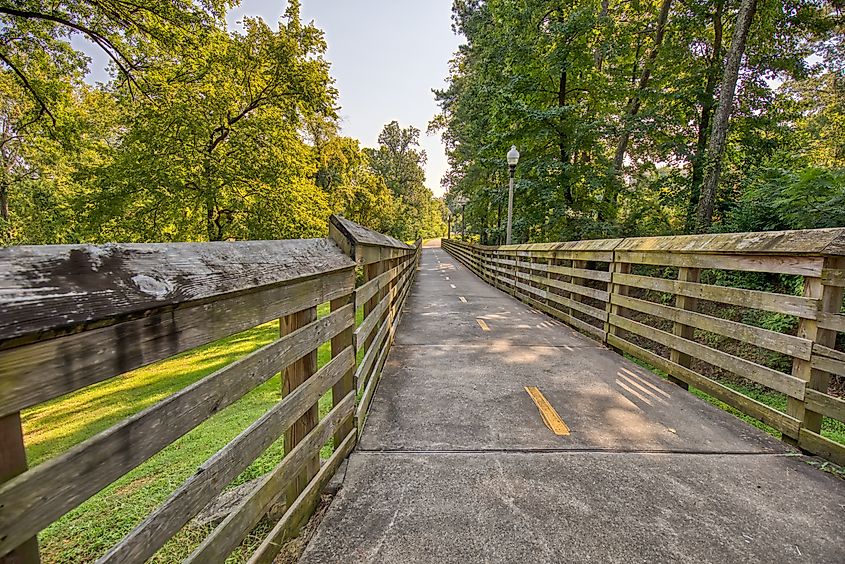
Walking and biking trail with wooden railings along the riverfront in Tuscaloosa, Alabama.
If you’re a nature enthusiast who enjoys walking, head to the Riverwalk along the Black Warrior River. This nearly five-mile long paved trail is great for walking, running, or biking and boasts superb views of the river, along with occasional glimpses of local wildlife. Tuscaloosa River Market, situated nearby, is a popular spot where residents and students pick up fresh produce, baked goods, and regional specialties from local farmers and vendors.
History buffs will appreciate the Jemison-Van de Graaff Mansion, an attractive pre-Civil War home turned event venue located a few miles outside of town. Moundville Archaeological Park, also located a short drive from downtown Tuscaloosa, was once a major settlement of Mississippian culture and now features a museum and reconstructed earth mounds.
Make a Weekend of Your Visit

If you’re planning on making a weekend of your visit to Alabama’s best college town, there are many quality hotels to consider. Places like Hotel Capstone, located on the campus grounds, are within easy walking distance of events at Bryant-Denny Stadium or concerts at the Moody Music Building. Downtown accommodations such as Embassy Suites By Hilton or AC Hotel by Marriott offer easy access to both the university and Tuscaloosa’s nightlife.
Dining options around UA are also plentiful and cater to varied tastes. One popular restaurant near the stadium is Rama Jama’s, known for hearty breakfasts and burgers named after university milestones. Another favorite is the historic Waysider restaurant, a breakfast spot steeped in local legend. For a sit-down dinner, DePalma’s Italian Café and Chuck’s Fish both have solid reputations and are located near campus.
Uncover Alabama's College Town Magic
Tuscaloosa’s evolution into Alabama’s best college town owes much to the University of Alabama’s lasting influence. The institution’s growth spurred an economic engine, shaped the cultural landscape, and nurtured a strong sense of collective pride. Students bring fresh perspectives, alumni return regularly for reunions and games, and residents value the opportunities that stem from having a major research university in their backyard, making it an appealing locale that benefits anyone who visits or calls Tuscaloosa home.
